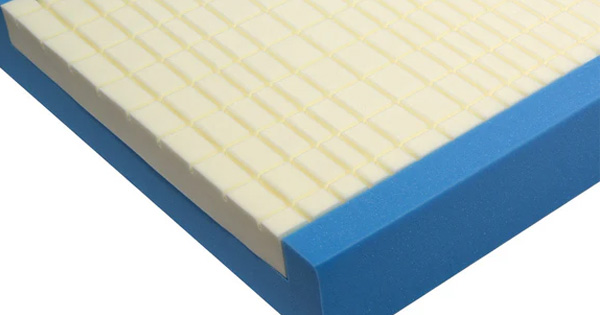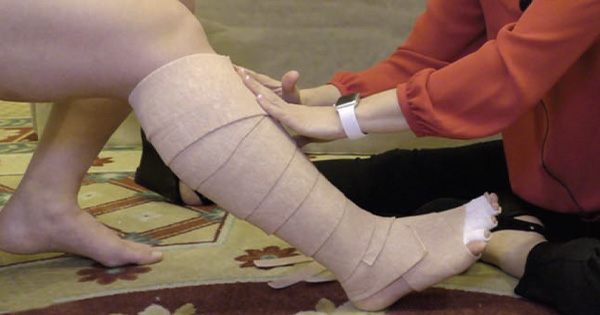This survey aimed to identify and quantify the demographic characteristics, treatment objectives, and wound characteristics of patients from five English NHS Trusts receiving wound treatment. Data from 4772 patients (59.8% female; 79.7% aged >65 years) were received. Approximately half were leg wounds. Most patients had one or more comorbidity, most commonly vascular and cardiovascular. The majority of wounds were <3 months duration and had no associated infection indicators (a small minority had ?3 infection indicators). Swabbing was considerably more common in wounds showing no primary infection indicators than in infected wounds. Nurses were most commonly involved with dressing changes. Protecting granulation was the most common treatment objective and dressings were changed most commonly twice-weekly as a scheduled care change. No significant differences in wound or patient characteristics were observed between Trusts.






